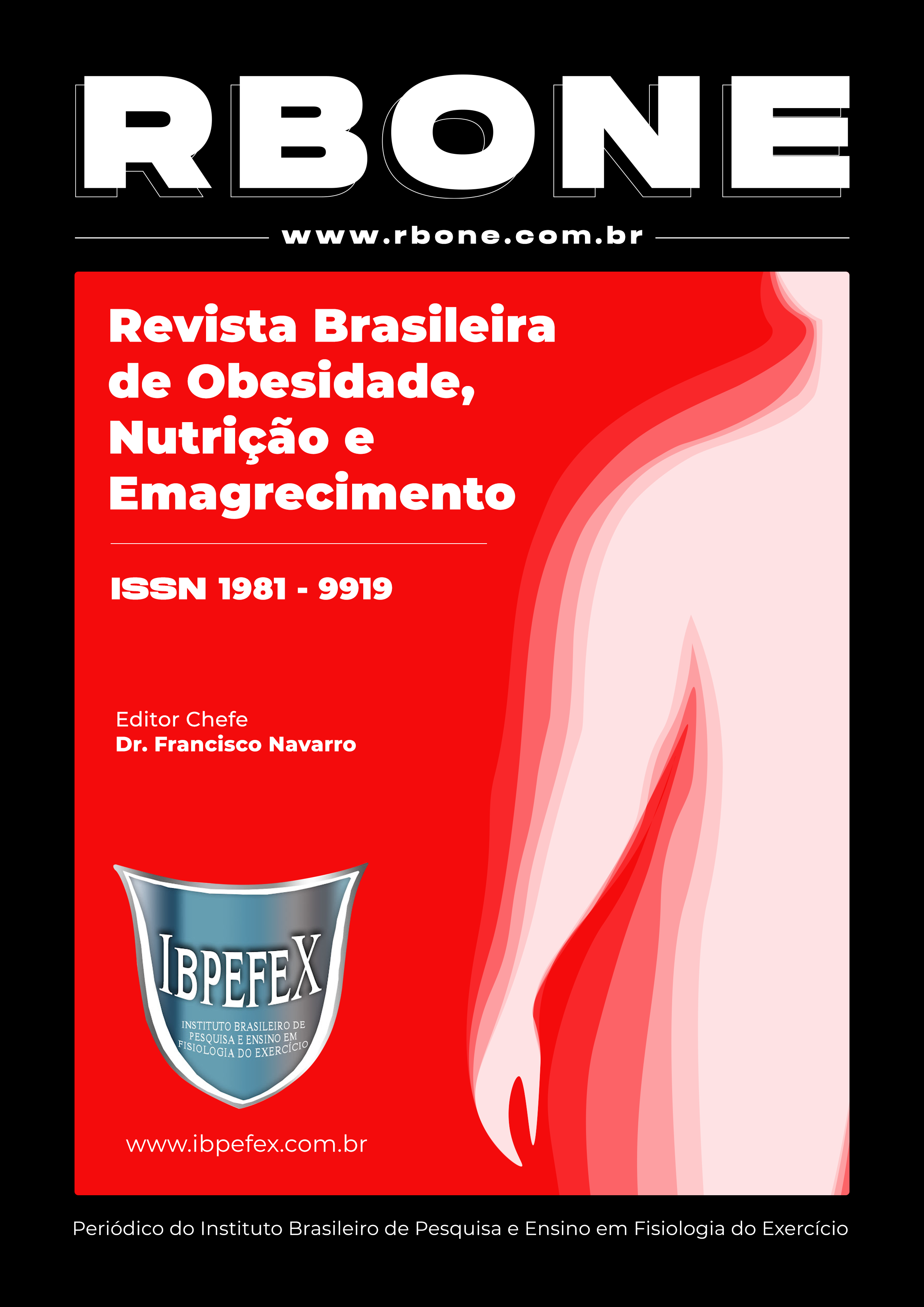Prevalence of obesity cases in the municipality of Cela
Abstract
With the objective of evaluating the prevalence of obesity in the municipality of Cela, province of Kwanza-sul Angola, with the methodology that was applied so as to satisfy the study in the collection of data, which was using interview guide with open and closed questions, obtaining a sample of 1097 individuals all residents in the main commune, where 11.8% of the interviewed population belongs to the Blue Neighbourhood, 11.6% belongs to Moreno Neighbourhood, 11.3% belongs to Livestock Neighbourhood and Valódia Neighbourhood respectively, while Tunga, Military Neighbourhood, Field, City, Neighbourhood 5 represent about 10% each. Of the surveyed population, the largest representation of the underweight population consists of the age group 11 to 20 years for the three subgroups, whose 27.5% are female and 33.9% are male. The ages between 11 to 40 years of age for the feminine gender and of 11 to 30 for the masculine gender presented greater index of overweight with 23.3% for the feminine gender and 33.2% masculine with great risk of disease and 3.2% of the Feminine gender and 7.8% Masculine with high risk of disease, in this made, adolescent and young are in the order of the 88.99% with the low weight and 70.2% with the excess of weight. 26.6% of the Feminine gender and 23.7% of the masculine gender do not practise physical activities. The emergence of obesity in Cela is linked to inadequate eating habits, which justifies the 9.95% of the population with underweight, 37.37% overweight.
References
-Abbott, D. H.; Dumesic, D. A.; Levine, J. E. Hyperandrogenic origins of polycystic ovary syndrome - implications for pathophysiology and therapy. Expert review of endocrinology & metabolism. Vol. 14. Num. 2. 2019. p. 131-143.
-Bachelot, A. Polycystic ovarian syndrome: clinical and biological diagnosis. Annales de biologie Clinique. Vol. 74. Num. 6. 2016. p. 661-667.
-Balen, A. H.; e colaboradores. The management of anovulatory infertility in women with polycystic ovary syndrome: an analysis of the evidence to support the development of global WHO guidance. Human reproduction update. Vol. 22. Num. 6. 2016. p. 687-708.
-Barber, T. M.; e colaboradores. Obesity and Polycystic Ovary Syndrome: Implications for Pathogenesis and Novel Management Strategies. Clinical medicine insights. Reproductive health. Vol. 13. Jan. 2019. p. 117955811987404.
-Febrasgo. Síndrome dos ovários policísticos. Rio de Janeiro: Federação Brasileira das Associações de Ginecologia e Obstetrícia. 2019.
-Marcon, G. M.; Sanches, A. C. C.; Virtuoso, S. Atualizações sobre os medicamentos da Diretriz Brasileira de Obesidade: uma revisão de literatura. Research, Society and Development. Vol. 11. Num. 4. 2022. p. e10211427139.
-Sanchez, M. A.; Tena, M. Metabolic dysfunction in polycystic ovary syndrome: Pathogenic role of androgen excess and potential therapeutic strategies. Molecular metabolism. Vol. 35. 2020.
-Sousa, E. F. G.; Reis, B. G. S.; Nunes Mendes De Brito, A. O papel do adipócito na inflamação e metabolismo do obeso. Research, Society and Development. Vol. 10. Num. 9. 2021. p. e45810918191.
-Souza, A. C.; Mello, E. D. Obesidade. Porto Alegre: Universidade Federal do Rio Grande do Sul Hospital de Clínicas de Porto Alegre Residência Médica em Pediatria. 2022.
-Spritzer, P. M. Polycystic ovary syndrome: reviewing diagnosis and management of metabolic disturbances. Arquivos Brasileiros de Endocrinologia & Metabologia. Vol. 58. Num. 2. 2014. p. 182-187.
-Tavares, A.; Barros, R. C. R. The Prevalence of Metabolic Syndrome in the Different Phenotypes of Polycystic Ovarian Syndrome. Revista brasileira de ginecologia e obstetrícia: revista da Federação Brasileira das Sociedades de Ginecologia e Obstetrícia. Vol. 41. Num. 1. 2019. p. 37-43.
-Yousuf, S. D.; e colaboradores. Does the Oral Contraceptive Pill Increase Plasma Intercellular Adhesion Molecule-1, Monocyte Chemoattractant Protein-1, and Tumor Necrosis Factor-α Levels in Women with Polycystic Ovary Syndrome: A Pilot Study. Journal of pediatric and adolescent gynecology. Vol. 30. Num. 1. 2017. p. 58-62.
-Zhang, J.; e colaboradores. Polycystic ovary syndrome and mitochondrial dysfunction. Reproductive Biology and Endocrinology. Vol. 17. Num. 1. 2019.
Copyright (c) 2024 Victorino Correia Kinhama, Mariquinha Hedmira Agostinho Alberto, Marisa Domingos Fonseca, Mariza Celestino Xavier Cabiete, Martinho Conoquena Job Paulino, Matias Ndumbo Candido Cassapi, Mauricio Candido Cassapi, Miquilina Januário Miguel, Monteiro da Costa Joaquim Castela

This work is licensed under a Creative Commons Attribution-NonCommercial 4.0 International License.
Authors who publish in this journal agree to the following terms:
- Authors retain the copyright and grant the journal the right of first publication, with work simultaneously licensed under the Creative Commons Attribution License BY-NC which allows the sharing of the work with acknowledgment of the authorship of the work and initial publication in this journal.
- Authors are authorized to enter into additional contracts separately for non-exclusive distribution of the version of the work published in this journal (eg, publishing in institutional repository or book chapter), with acknowledgment of authorship and initial publication in this journal.
- Authors are allowed and encouraged to post and distribute their work online (eg, in institutional repositories or on their personal page) at any point before or during the editorial process, as this can bring about productive change as well as increase impact and impact. citation of published work (See The Effect of Free Access).






